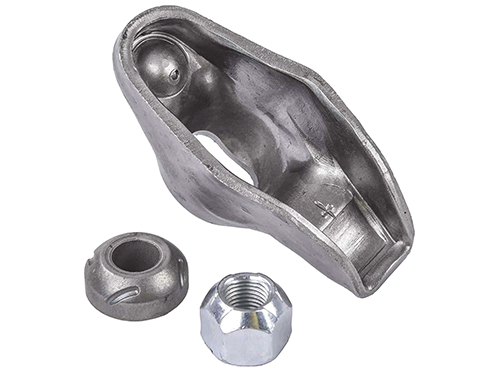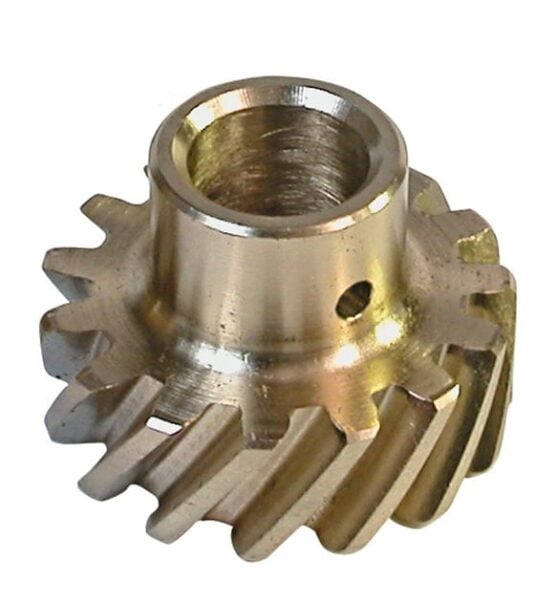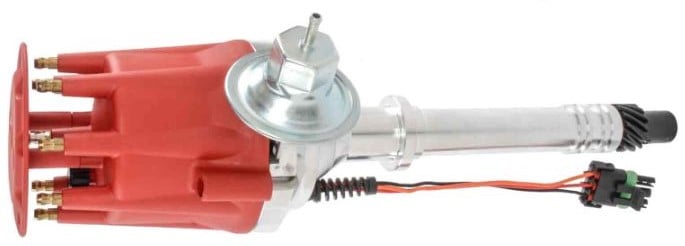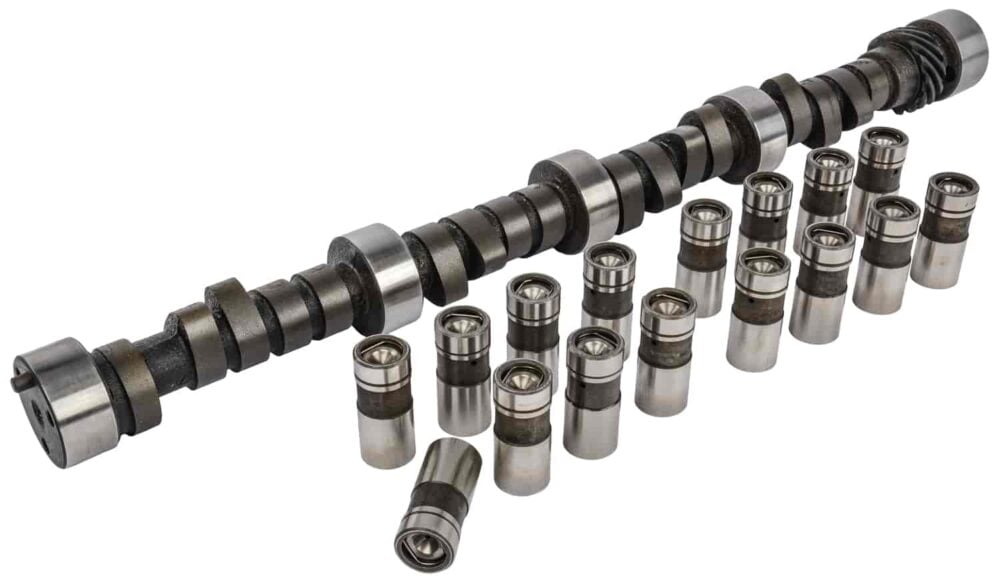


Determining the correct rocker arm ratio calculation is crucial to getting the most out of your vehicle. But do you know how to measure rocker arm ratio properly? This guide will go over all the basics, including the rocker arm ratio's effect on duration, the difference between 1.5 vs. 1.6 ratio rocker arms and more. Read on to find out everything you need to know.
What Is Rocker Arm Ratio?
Rocker arm ratio refers to the distance the intake and exhaust valve moves in relation to the distance the pushrod moves. There are many important things to understand about rocker arm ratio with calculation and measurement accuracy being among the most vital.
How To Measure Rocker Arm Ratio
To measure and confirm the rocker arm ratio calculation, determine the exact distance between the center of the pivot point (rocker arm stud) and the center of the valve stem, as well as the center of the pivot point and the center of the pushrod. Then, take the valve stem to the center of the pivot point(longer distance) measurement and divide it by the center of the pushrod to the center of the pivot point (shorter distance) measurement. The result is the rocker arm ratio.

Example Of How To Determine Rocker Arm Ratio
We will illustrate through the following example on how to calculate rocker arm ratio:
The distance between the centerline of the rocker pivot to the pushrod center is 2". The distance between the centerline of the rocker pivot to the valve stem center is 3".
The ratio formula = pivot to valve stem center distance / pivot to push rod center distance.
The equation is then 3/2 = 1.5. This means that the valve opens 1.5 times the distance the pushrod moves
Rocker Arm Ratio Calculator
What Is The Difference Between 1.5 vs. 1.6 Ratio Rocker Arms?
To further illustrate a rocker arm ratio calculation, we will compare the difference in camshaft lift using 1.5 vs. 1.6 ratio rocker arms:
The advertised camshaft lift per the manufacturer is .500". The manufacturer states this lift is calculated using the stock rocker arm ratio of 1.5.
The base camshaft lift is calculated by dividing the advertised lift by the rocker arm ratio.
The formula would be .500 / 1.5 = .333.3 for a base camshaft lift measurement (sometimes found on the cam specification card included in the kit.
The base measurement is then multiplied by the new ratio, in this case 1.6.
The formula would be .333.3 x 1.6 = .533" (rounded down).
In this case, the camshaft lift is increased by .033" when upgrading from 1.5 to 1.6 ratio rocker arms.
What Rocker Arm Ratio Do I Need?
To determine which rocker arm ratio you need, first research the factory specs for your engine. You can also contact a JEGS tech specialist to find the answer. If you choose to increase the ratio, you will need to confirm that you have proper piston-to-valve clearance, as well as clearance on the cylinder head wall, to ensure the pushrod does not make contact with it from the angle change created. JEGS offers a large selection of rocker arms to meet your engine component needs.
What Will Increasing Rocker Arm Ratio Do?
Increasing rocker arm ratio will increase valve lift as the rocker pushes the valve down further into the piston bore/combustion chamber. This allows more air and fuel to enter and exit the engine. The rocker arm ratio effect on duration also is changed for camshaft timing, as the valve will be open a little longer from opening farther. In most cases, increased power will result from a higher ratio rocker arm. However, piston-to-valve clearance must be checked to make sure there is not any interference or contact. In addition, clearance needs to be checked under the guide plates in the cylinder head wall openings where the pushrods go through to make sure the change in ratio does not cause the pushrods to make contact with the cylinder head walls from the change in angle.

Find The Rocker Arms You Need at JEGS
Now that you understand rocker arm ratio calculation, you're probably ready to get a new set of rockers for your vehicle. JEGS can help you find aluminum roller rocker arms and anything else you need for your engine and valvetrain project. Check out our full selection of cams and valvetrain parts today to get everything you need.




